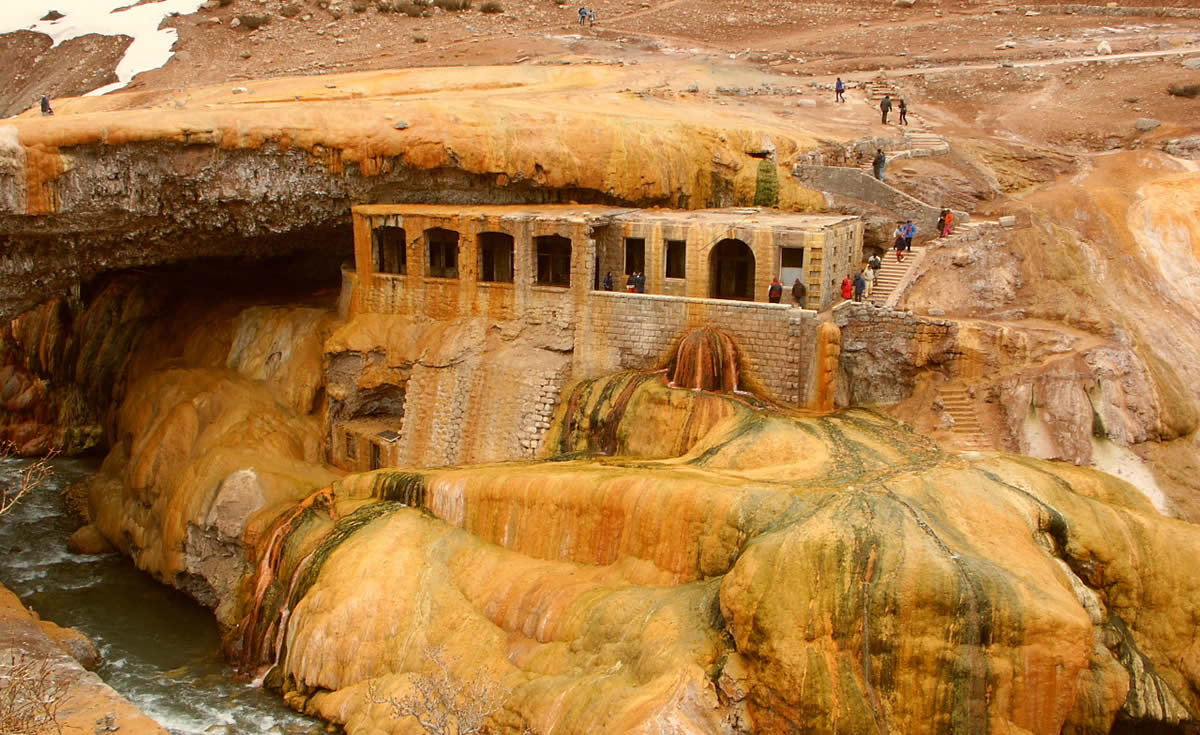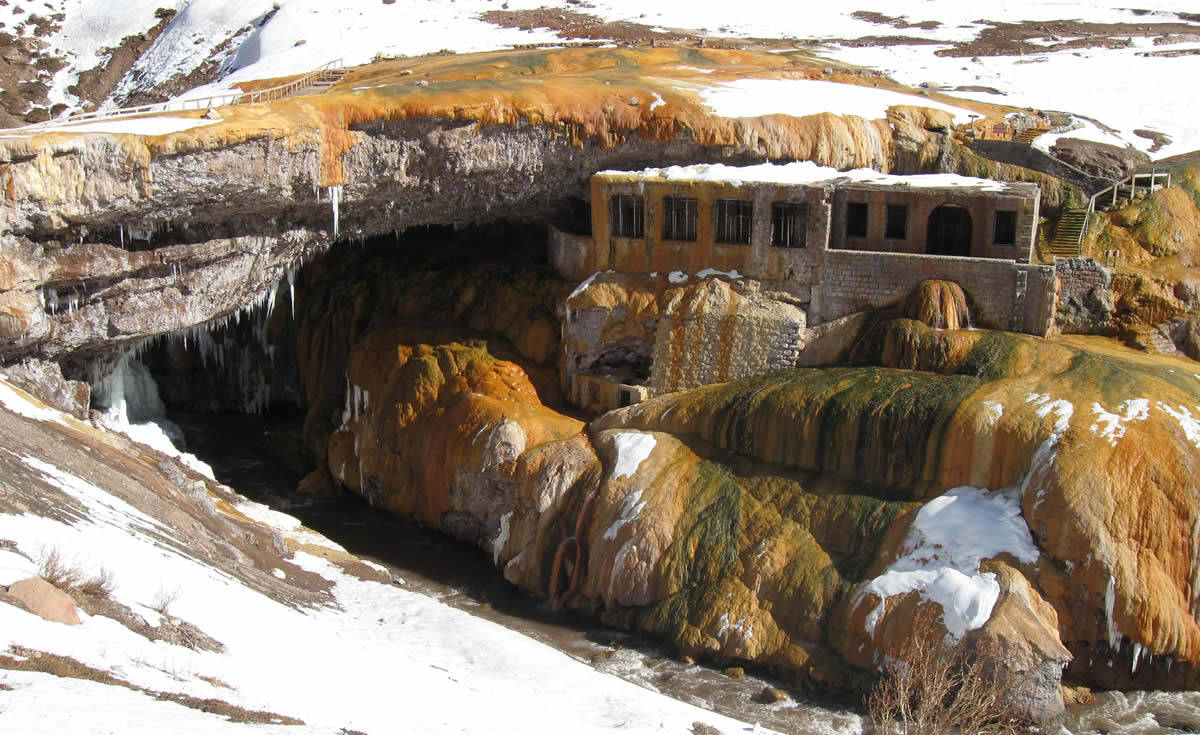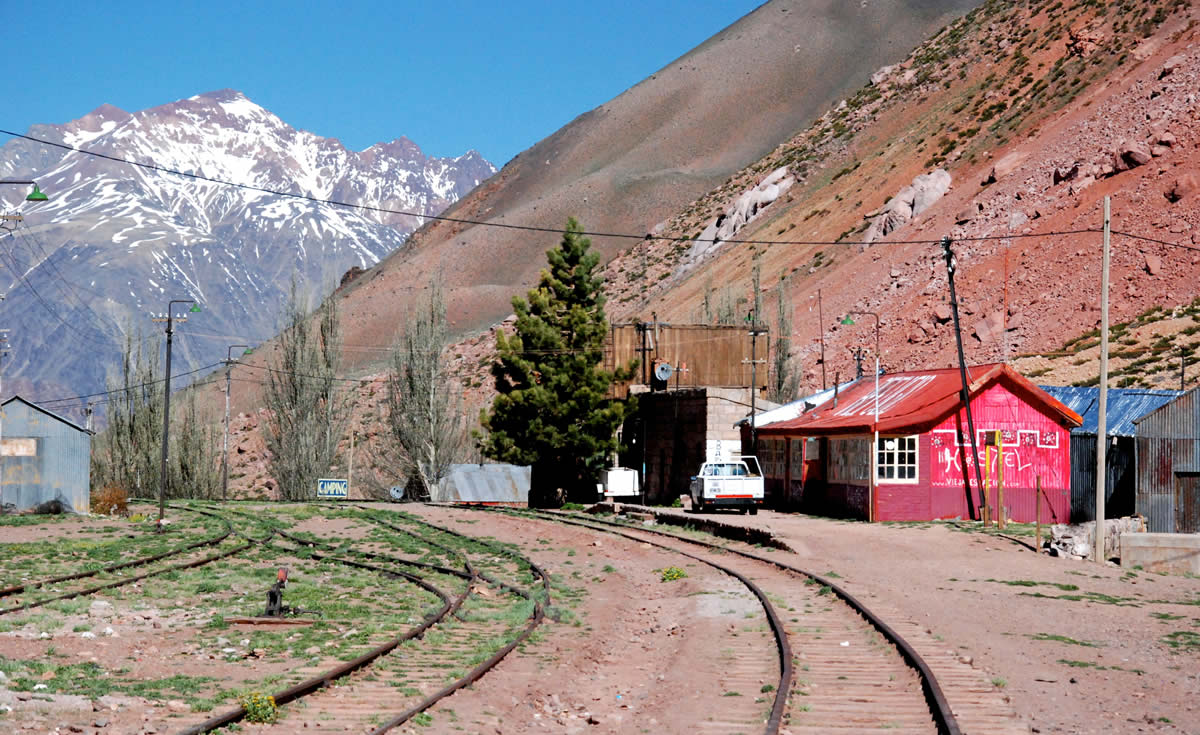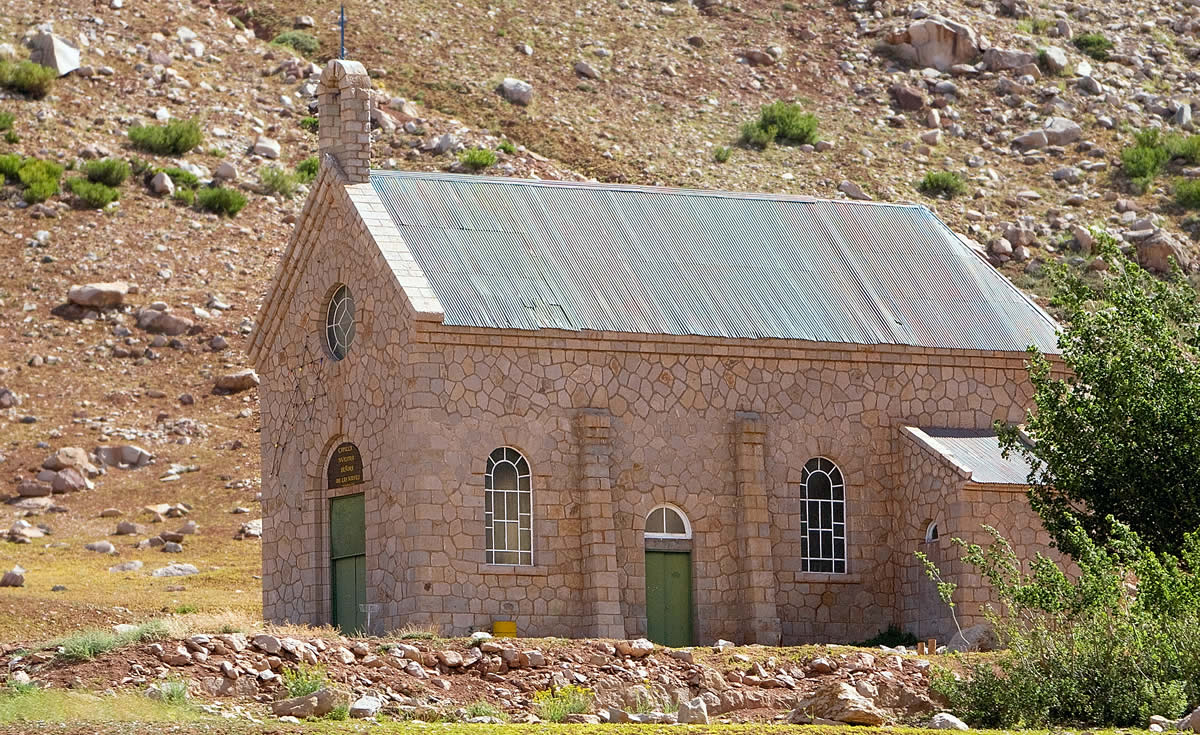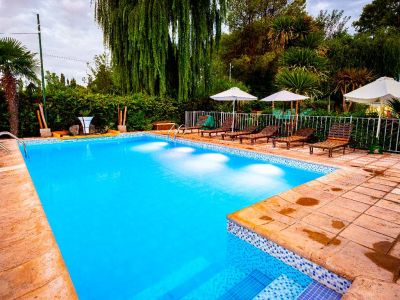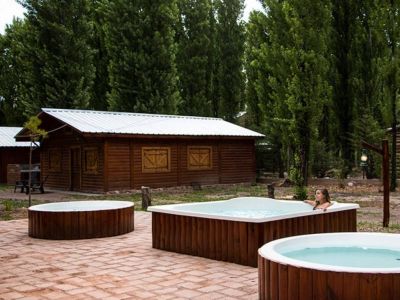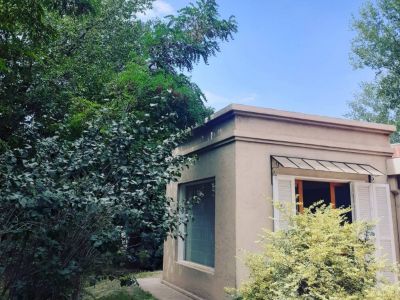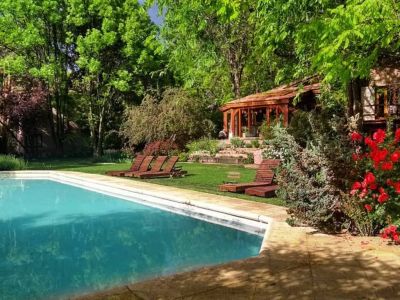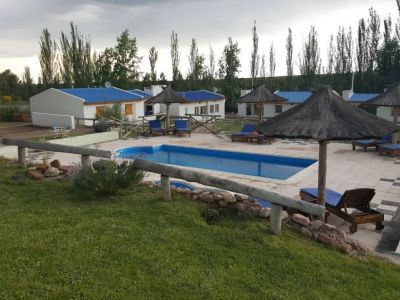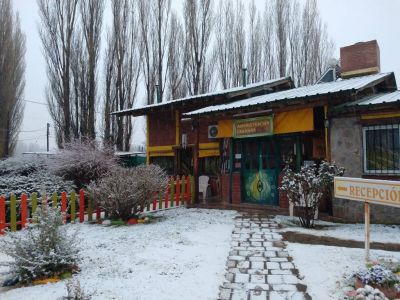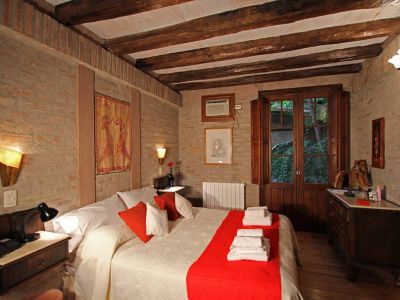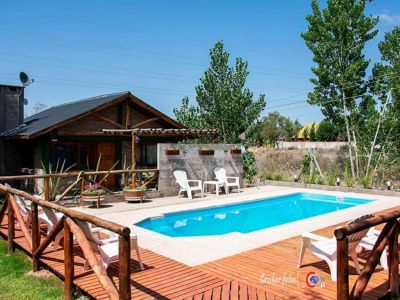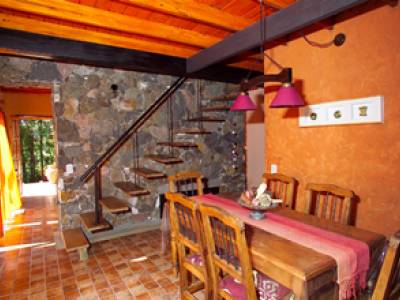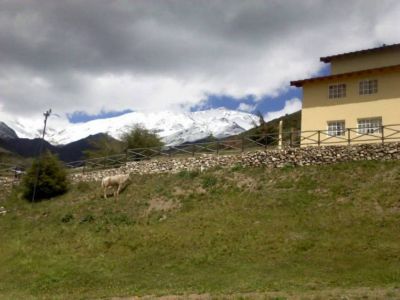On the riverbank of the Mendoza river that was born in the Aconcagua, the Inca Bridge is located at 2719 meters above sea level, framed by the hills Banderita Norte and Banderita Sur, and was part of the old Camino del Inca. The place also tells many stories of travelers who used it as a mandatory passage to Chile in colonial times.
It is believed that the formation of the natural bridge is due to the undermining of a fluvioglaciar deposit and then cemented by the action of the minerals of the hot springs that sprout in the area. Numerous colonies of green, red and blue algae accompanied the process as biological components, and the set of geobiological structures constitutes the balance of this striking formation.
The thermal springs retain an average temperature between 34 and 38oC and are the highest in Argentina. The composition of the water contains iron and other minerals that give the ferruginous characteristic to the rock formation and the orange, ochre and yellow colors, as very unique landscape tones. Suspended 27 m above the river, the natural bridge is almost 50 m long and 28 m wide.
Inca Bridge Natural Monument
Legend has it – there is always a surrounding legend – that the son of a great Indian chief was affected by a strange disease. Rumors about healing issues nearby caused the man to take his son to the place. A raging river ran down a deep ravine and prevented it from reaching a miraculous destination. His men formed a human bridge for the man to pass carrying his sick son. Healing was possible in the place of the waters that flowed from the earth. As they crossed again and looked back, their warriors had been petrified, shaping the Inca Bridge.
The ruins of the Hotel Termas de Puente del Inca are part of the scenery in a set mimetized with the bridge. The old construction used the hot springs as an added value to its lodging services and constituted a luxury in the middle of the mountain. Today we try to conserve the place for its geological value and promote ecological tourism that preserves the natural resources of protected areas without causing environmental imbalances.
All the beauty of the Inca Bridge has great sustenance in its geological formation, a unique place in the Andes mountain range. In addition, the promenade can be combined with other nearby Mendoza destinations, for example, a visit to the town of Las Cuevas or a hike at the foot of the Aconcagua, in the provincial park that bears its name.
Miriam Coronel
Welcomeargentina
